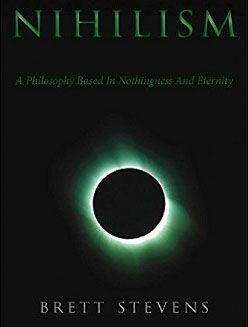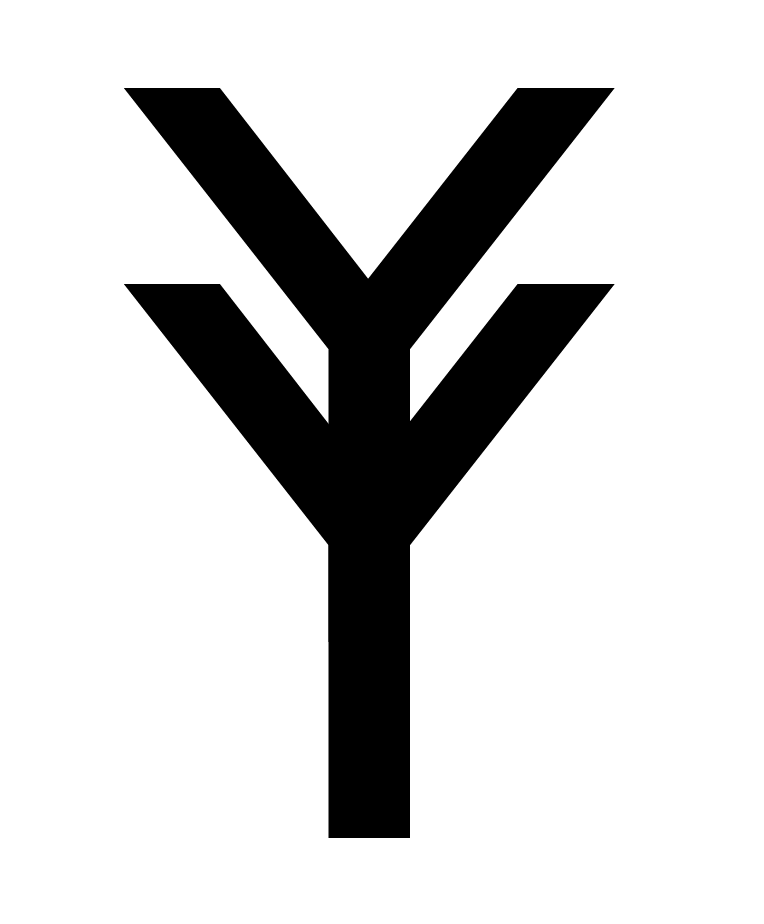Irish Ancestry Includes Semitic People from the Middle East
Ancient Anglo lore holds that the Irish are in fact a Semitic race who came in to Europe through Spain and ended up in Ireland because as far as northern Europe goes, Ireland is like California: easy living in a pretty place where everyone is so far zoned out that antisocial behavior is not noticed if it is done with a smile.
It turns out that ancient DNA reflects the reality of the Irish as a mixed-race partially-Semitic population, not a Keltic one, with origins in the middle east not the West:
DNA analysis of the Neolithic woman from Ballynahatty, near Belfast, reveals that she was most similar to modern people from Spain and Sardinia. But her ancestors ultimately came to Europe from the Middle East, where agriculture was invented.
“Our finding is that there is some haplotypic [a set of linked DNA variants] continuity between our 4,000 year old genomes and the present Celtic populations, which is not shown strongly by the English,” Prof Bradley told BBC News.
It turns out that “southern drift” has been observed in the Irish over many thousands of years, sort of like a middle east to Ireland pipeline, which means the southern origins of the Irish are an ongoing and consistent phenomenon:
A Neolithic woman (3343–3020 cal BC) from a megalithic burial (10.3× coverage) possessed a genome of predominantly Near Eastern origin. She had some hunter–gatherer ancestry but belonged to a population of large effective size, suggesting a substantial influx of early farmers to the island.
She shares higher levels of genetic drift with Early and MN samples from Spain rather than those from Germany, supporting a link between the early farming cultures of Atlantic Europe and arguing for the possible passage of farming to Ireland via a southern coastal route rather than via the migrations through central Europe.
Spain itself experienced a constant influx of “Near Eastern” (an area including the middle east, reaching up through Turkyije) populations as part of this southern drift, which fits what we know of past population migrations, in that they tend to be horizontal and slightly northward as groups enter Europe:
Here we have retrieved mitochondrial DNA (mtDNA) sequences from 19 individuals from a Chalcolithic sample from El Mirador cave in Spain, dated to 4,760-4,200 years BP and we have analyzed the haplogroup composition in the context of modern and ancient populations. Regarding extant African, Asian and European populations, El Mirador shows affinities with Near Eastern groups.
In Spain, this drift includes north African migration, which also made its way into Ireland:
Our Copper Age dataset includes a newly reported 2473–2030 cal BCE male (I4246) from Camino de las Yeseras (14) in central Iberia, who clusters with modern and ancient North Africans in the PCA (Fig. 1C and fig. S3), and like ~3000 BCE Moroccans (8) can be well modeled as having ancestry from both Late Pleistocene North Africans (15) and Early Neolithic Europeans (tables S9–10). His genome-wide ancestry and uniparental markers (tables S1 and S4) are unique among Copper Age Iberians, including individuals from sites with many analyzed individuals such as Sima del Ángel, and point to a North African origin. Our genetic evidence of sporadic contacts from North Africa during the Copper Age fits with the presence of African ivory at Iberian sites (16), and is confirmed by a Bronze Age individual (I7162) from Loma del Puerco in southern Iberia who had 25% ancestry related to individuals like I4246 (Fig. 1D; table S16). However, these early movements from North Africa had a limited impact on Copper and Bronze Age Iberians, as North African ancestry only became widespread in the past ~2000 years.
As it turns out, this ancient population drift changed the nature of the Irish by infusing them with north African and Semitic DNA through migration that began in north Africa and ended when the migrants ran out of places to wander further, facing the boundary of the Atlantic ocean:
And a similar exercise in Scotland has already produced “a surprise” – that about 1 per cent of all Scotsmen are direct descendants of the Berber and Tuareg tribesmen of north Africa, a lineage 5,600 years old.
It should not be at all surprising if the comparable figure for Ireland, especially in the west, is many times higher.
As it turns out, the ancient Irish were simply rolled into the flood of new arrivals, lightening hair and eyes and skin, but preserving those ancient middle eastern traits as well:
These ancient Irish genomes each show unequivocal evidence for massive migration. The early farmer has a majority ancestry originating ultimately in the Middle East, where agriculture was invented. The Bronze Age genomes are different again with about a third of their ancestry coming from ancient sources in the Pontic Steppe.
“There was a great wave of genome change that swept into Europe from above the Black Sea into Bronze Age Europe and we now know it washed all the way to the shores of its most westerly island,” said Professor of Population Genetics in Trinity College Dublin, Dan Bradley, who led the study, “and this degree of genetic change invites the possibility of other associated changes, perhaps even the introduction of language ancestral to western Celtic tongues.”
In the eyes of one researcher, massive repeated migration can be the only cause:
These ancient Irish genomes each show unequivocal evidence for massive migration. The early farmer has a majority ancestry originating ultimately in the Middle East, where agriculture was invented. The Bronze Age genomes are different again with about a third of their ancestry coming from ancient sources in the Pontic Steppe.
As it turns out, relatively little of the Irish makeup comes from Nordic sources, and most is central European and middle eastern drift:
Admixture proportion estimates in the putative Norse surname group were highly consistent and detected little trace of Scandinavian ancestry. In addition, there is scant evidence of Scandinavian Y-chromosome introgression in a general Irish population sample.
As it turns out, the ancient middle eastern signal remains strong in Irish DNA, which distinguishes Irish genetics from the surrounding British isles:
The first ancient whole genomes from Ireland, including two at high coverage, demonstrate that large-scale genetic shifts accompanied both transitions. We also observe a strong signal of continuity between modern day Irish populations and the Bronze Age individuals, one of whom is a carrier for the C282Y hemochromatosis mutation, which has its highest frequencies in Ireland today.
This takes us back to the genetic studies of a decade ago, ably described as migration studies, which show us the population that was absorbed into modern Irish giving them their Semitic features despite European coloring:
The results, presented in a report in the Proceedings of the National Academy of Scientists, confirm that the early Irish were ancestors of migrants who arrived in present-day Ireland from Eastern Europe and the Middle East.
Ancestors of stone-age Irish farmers originated from the ‘Fertile Crescent’ agricultural region of the Middle East (which includes modern-day Iraq, Syria, Lebanon, Jordan, Israel and northern Egypt) bringing with them cattle, cereals, ceramics, and genetic predisposition towards black hair and brown eyes, the Guardian reports.
“We estimate that our Neolithic individual (the more than 5,000 years ago early farmer) has about 60 percent Middle Eastern origins. This is a rough estimate but we are certainly comfortable stating that she has majority Middle Eastern ancestry,” said Dan Bradley, lead researcher and a genetics professor at Trinity College, Dublin.
The importance of the sixty percent figure is that it shows that admixture was already occurring, which mixed those founding traits into the modern Irish makeup, giving the “black Irish” features which are too widespread to have resulted from stranded Spanish sailors.
If it is ethnically different from you, you should probably expect it to act in its own interests, not yours. This is why dual loyalties apply to more than Arabs and Jews, but also mixed-Semitic groups like Irish, Italians, Greeks, and Slavs, and their results can be seen in American elections.
We reported on Irish origins before, showing how the Irish are genetically different from English and Scots, and how WASPs viewed the Irish, Italians, Slavs, and Jews as genetically foreign, a division verified by voting patterns of those groups.
Interestingly, the ancient divisions between Irish and the West resulted in less gene flow:
The final region of low genetic migration is found within Ulster, extending into Scotland, and seems to reflect the genetic differentiation of ‘Gaelic’ Ireland and Britain, specifically Scotland. This pattern of Ireland’s isolation is also seen in the gene flow barrier between Wales and Ireland.
And skin color, like the light skin of the Irish, determines ancestry less than one might think:
We show that the Bronze Age was a highly dynamic period involving large-scale population migrations and replacements, responsible for shaping major parts of present-day demographic structure in both Europe and Asia. Our findings are consistent with the hypothesized spread of Indo-European languages during the Early Bronze Age. We also demonstrate that light skin pigmentation in Europeans was already present at high frequency in the Bronze Age, but not lactose tolerance, indicating a more recent onset of positive selection on lactose tolerance than previously thought.
Our ancestors knew more than we gave them credit for knowing, and today, these patterns persist through Southern, Irish, Eastern, and Mediterranean Europeans prefering a different type of society than is needed for ethnic Western Europeans. History is not dead; it is not even really past, after all.
Tags: DNA, genetics, ireland, irish, irish genetics










